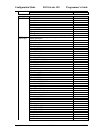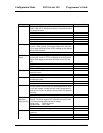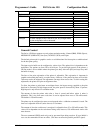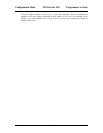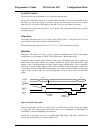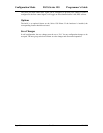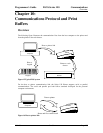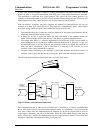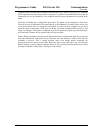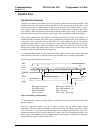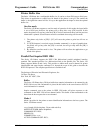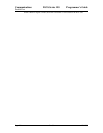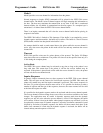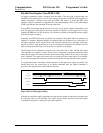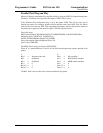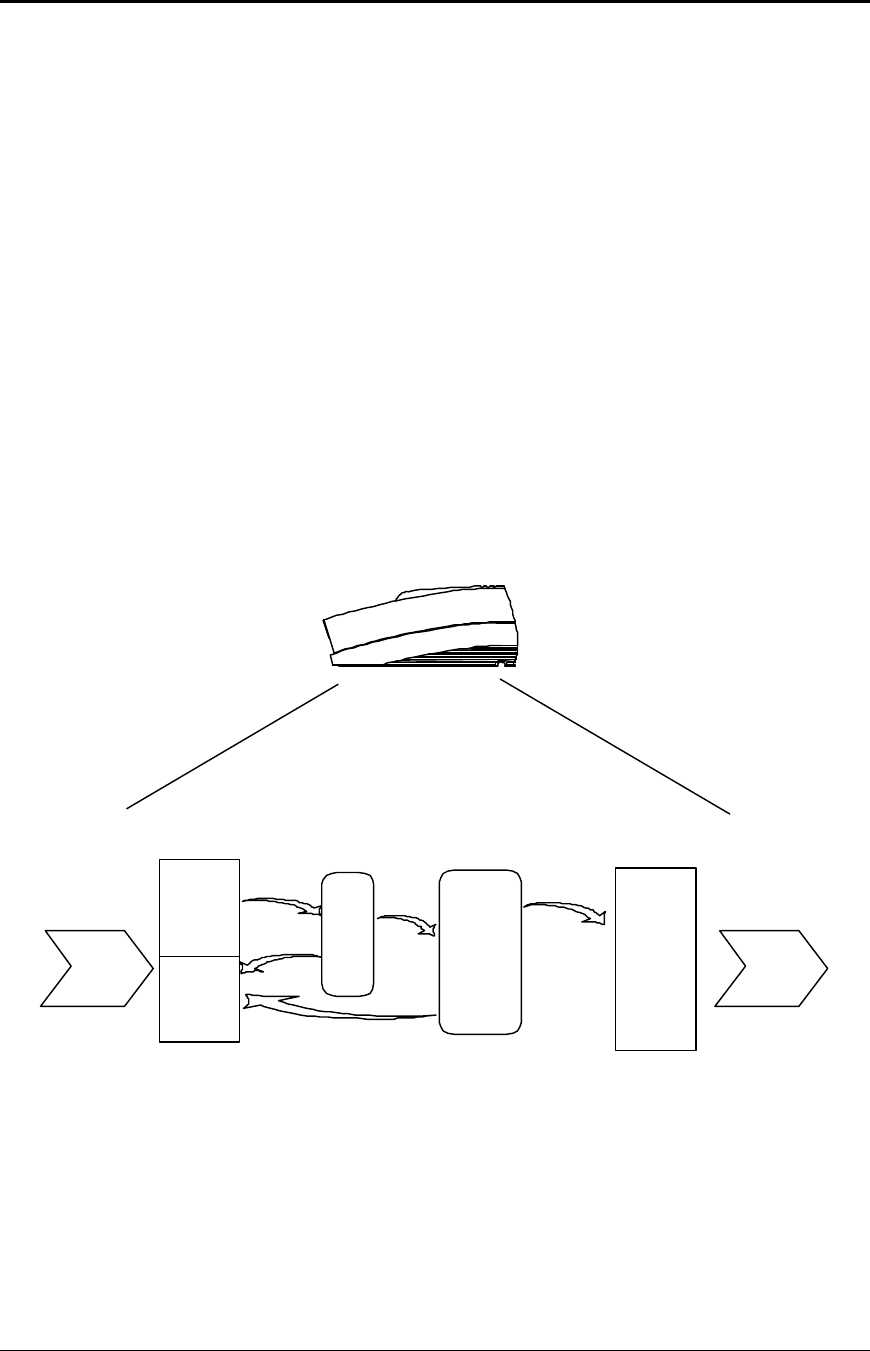
Communications PcOS Series 150 Programmer's Guide
Overview
Page 108 Rev G 12/14/99
In most cases, the host computer is capable of sending information to the printer much faster than the
printer can print it. To prevent information from being lost, a flow control mechanism is provided.
This mechanism is called the flow control protocol. The goal of the flow control protocol is to
exchange as much information as possible as fast as possible without losing any data. The Series 150
Printer supports three flow control protocols, two in serial mode and one in parallel.
From the printer’s viewpoint, four basic functions are required of communications. All four are
common to all three flow control protocols. There must be a communication driver, status inquire
procedure, storage buffer, and print control mechanism that is using the data.
1. The communication port is either the serial port hardware or the parallel port hardware and the
associated communication software driver.
2. A means for the host to bypass the buffer for status information is also required because the
buffer offsets the printer in time from the host. (The printer is generally behind the host).
3. The storage print buffer is a software implemented, first-in/first-out (FIFO) circular buffer. It
stores information in an asynchronous fashion where information can be placed in it at any rate
and retrieved from it at any rate. However, the information order is not altered. Any buffer has a
finite size, and if information is put in faster than it is removed, it will overflow. To avoid
overflow, a flow control mechanism is required.
4. The print control mechanism is the remainder of the printer hardware and control software. It
interprets control codes and operates the control panel, print head, and cash drawer interface.
The following figure illustrates the four basic parts of printer flow control.
Data
Filling up/
emptying
Data
Communication
port
Print buffer
Print control
Serial or
parallel
connection
Print head
Status
Data
Status
Printer
ENQ
processor
Data
Figure 17 Printer communications buffer flow
The communication port is either serial or parallel and is controlled by a software communication
driver. This driver receives data and returns requested status. As information is received from the
host, data is taken from the communication port hardware by the driver, preprocessed to look for
status inquire commands, and placed in the buffer. When the buffer input function finds that the
buffer is filling up, it notifies the communication driver to implement flow control. Flow control will
attempt to stop further information from being sent by the host.



